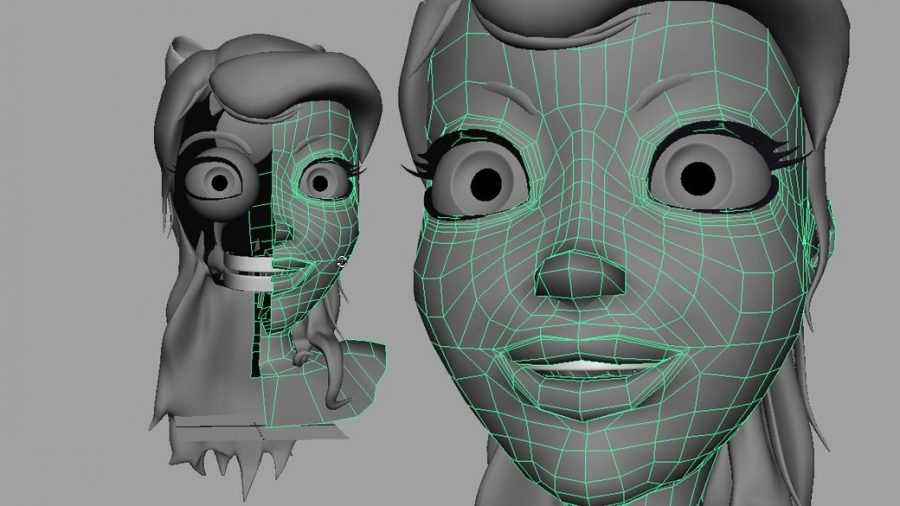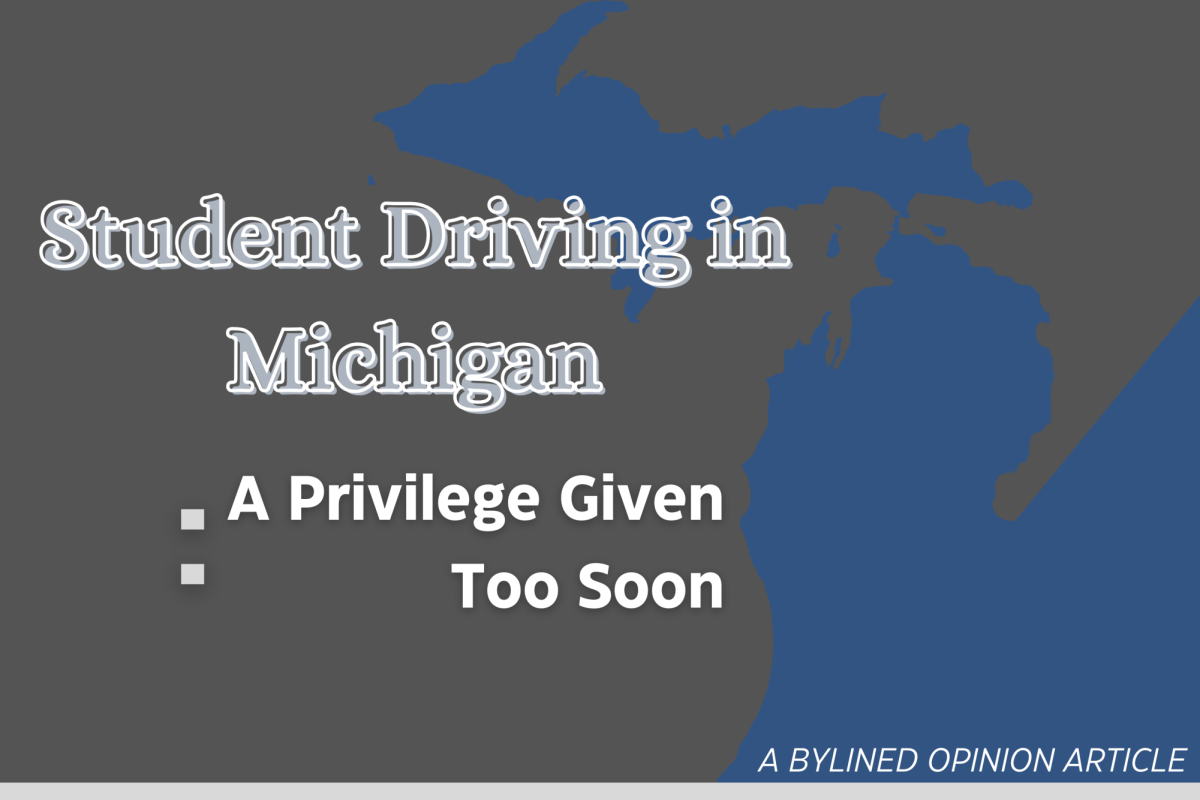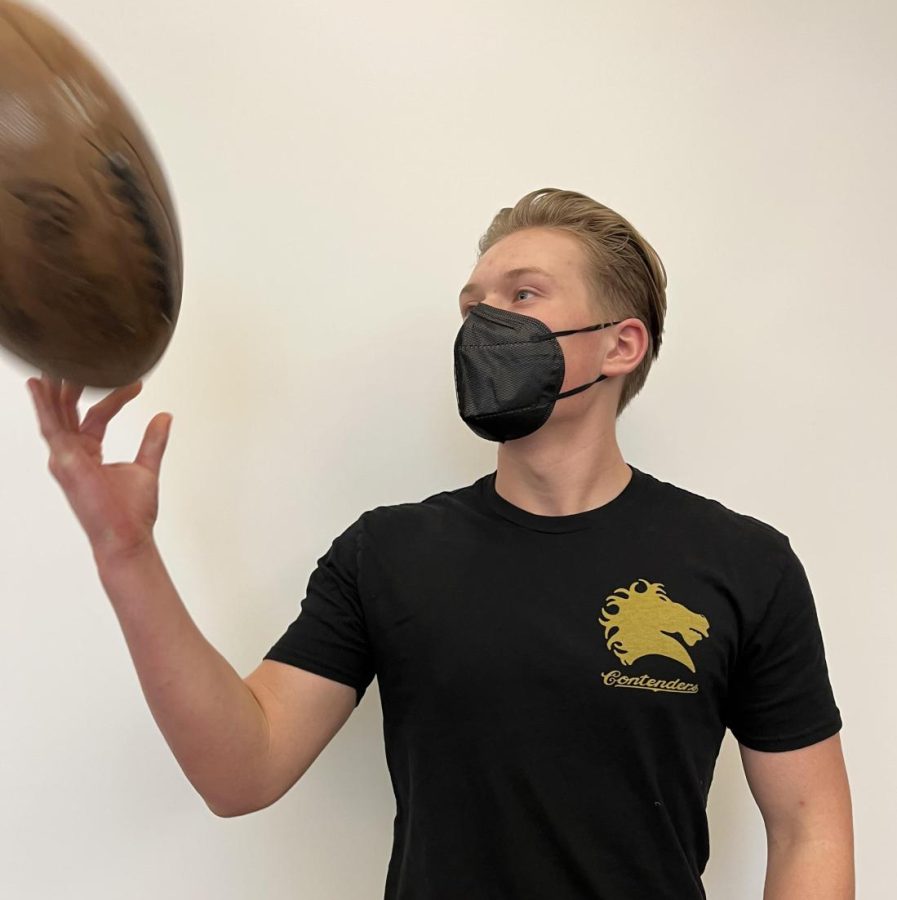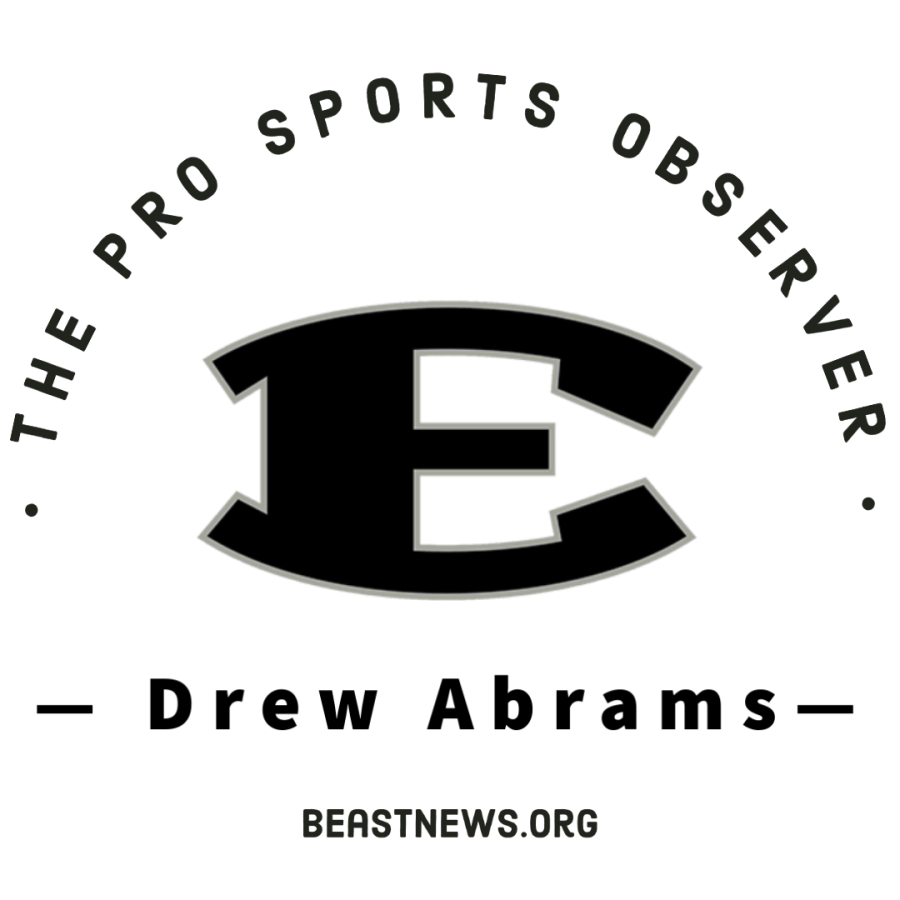Toy Story, Shrek, Despicable Me, Frozen. All successful movies, all from different studios from different times. What do all of these films have in common? They were all animated using CGI.
CGI (computer-generated imagery) is the creation of still or animated visual content with imaging software. This was a huge step up compared to the older traditional technique, where each frame of the story is drawn by hand.
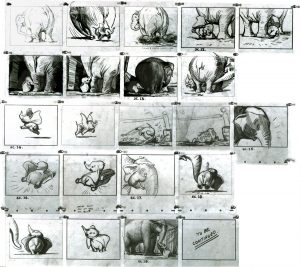
The first major motion picture animated using CGI technology, Toy Story (1995) by the then-independent Pixar Studios, struck the world with a sense of awe and, since then, the animation industry has never looked back, abandoning the traditional techniques.
But in shifting from the traditional to the new, did we leave something behind?
I would say yes, yes we did.
And I’m not the only one who senses this void.
“If you give an animator a piece of paper and ask them to draw a frame, the way they go about it is completely different to them sat in front of a computer modelling it and tweaking it by moving variables,” says Brendon Connelly, the lead writer on film stories at Bleeding Cool, a news site focusing on comics, movies, TV, and games.
Connelly makes a good point. CGI animation techniques seem to have put something between the animator and viewer. There is no longer a seamless flow of ideas and imagination. Now the imagination must fit within the confines of a model.
“Each of those characters has got over 1,000 points of articulation.” says Connelly.
Unfortunately, CGI animated movies earn a significant amount more than traditional movies in the box office.
Since CGI animation is the better option for the film producers, costing less time and turning in more money, more and more studios followed suit, pursuing the profit, and, gradually, leaving quality in the dust.
As CGI movies flood the big screen, we as the audience become desensitized to them and they begin to blend together; though there are a few exceptions, there is not enough variety and not enough heart to make any stand out.
Starting in 2010, however, Disney found a way to mix the two styles of animation into something fresher and more interesting than CGI, but also less expensive and time-consuming than Traditional animation. They called it “Meander” and defined it as this a stand-alone vector/raster hybrid animation system with the primary goal of bringing the power of digital tools to hand-drawn animation.
In 2012, Disney finally put Meander to the test with their short film “Paperman” and the response was overwhelmingly positive.
According to IMDb, It received the Academy Award for the Best Animated Short Film (2013), The Annie Award for the Best Animated Short Subject (2013), The CinEuphoria International Award for the Best Animated Film (2014), as well as two nominations for the best animated character for each of the short’s characters, “George” and “Meg” in the same award show.
This program could be the answer to animators and viewers having the best of both worlds.
When Meander is refined and streamlined into something that can be used to make a full film, the animation industry is bound to be revolutionized for the better as it finally gets back to its tried-and-true, yet new and improved, roots.


